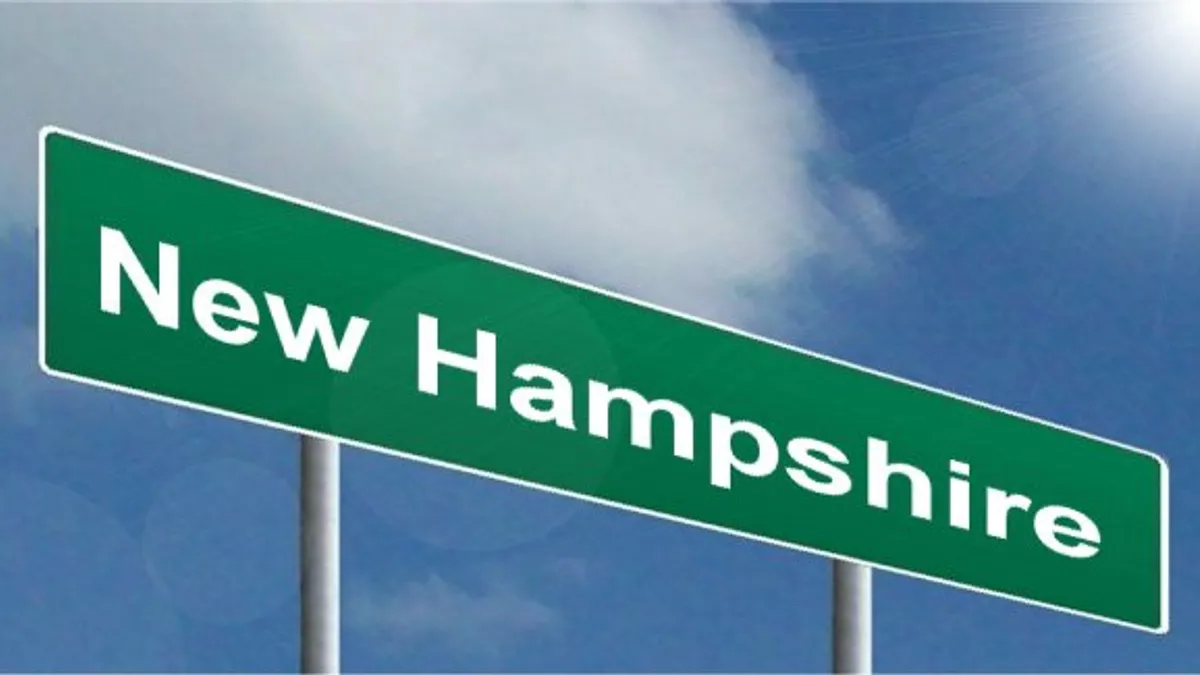Dive Brief:
- At a time when virtual charter schools are widely condemned for poor performance, New Hampshire seems to have found a model that gets consistently positive results.
- In a lengthy profile of the state’s self-paced, competency-based Virtual Learning Academy Charter School, The Hechinger Report writes strong faculty-student relationships are key for a school in which full-time students often match or exceed average state reading and math scores.
- Teachers have frequent one-on-one interactions with students, who also get support from guidance counselors and academic advisors, and the school gets paid based on how many students pass their courses, rather than how many enroll in them.
Dive Insight:
Funding for virtual charter schools has been much debated. In traditional district schools, state funding is granted based on student enrollment. If students show up, schools get paid. In the virtual world, however, some charters have been accused of padding attendance numbers and counting students who aren’t actually participating in the academic coursework. Ohio’s statewide virtual charter school, for example, is fighting against a mid-year change by the state board of education that required the school to track student participation to document attendance.
In New Hampshire, students proceed through their courses by meeting a series of competencies. Some students move more quickly through coursework than a traditional timeline would allow while others take more time. But relatively few students attend full-time. The vast majority of the school’s student body is made up of part-timers who take classes through the virtual school while also enrolling in a brick-and-mortar school.














